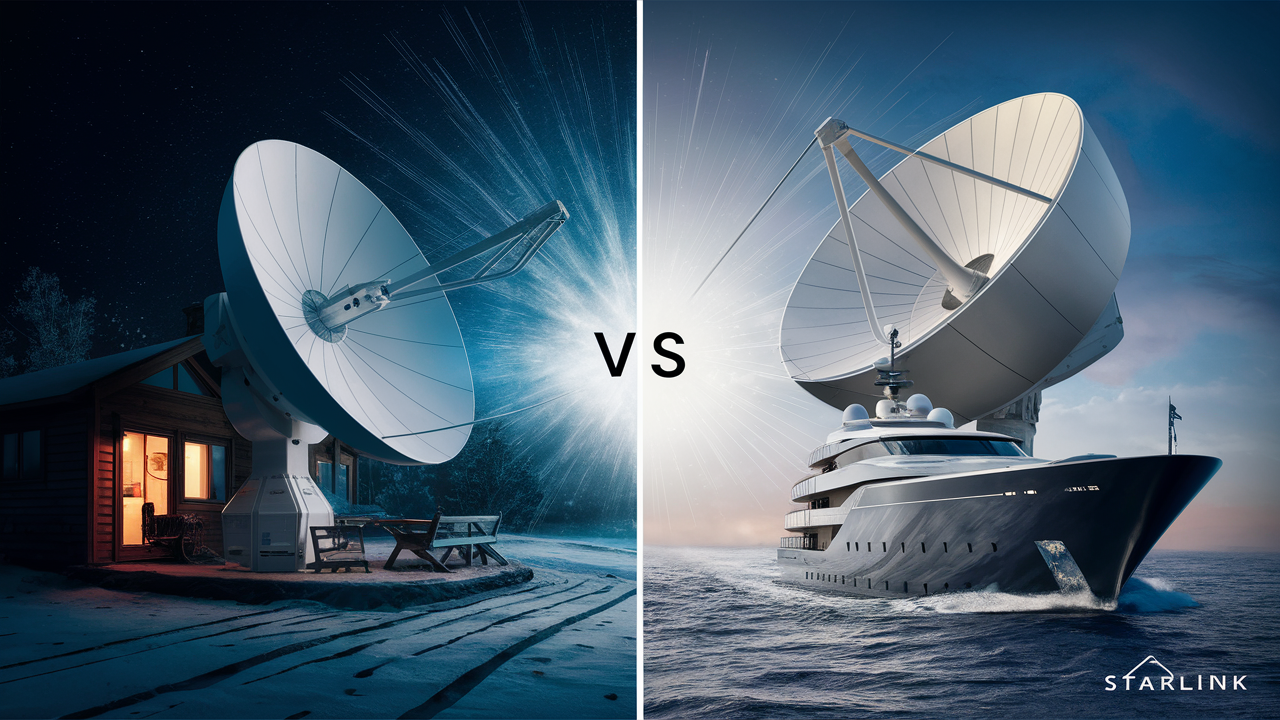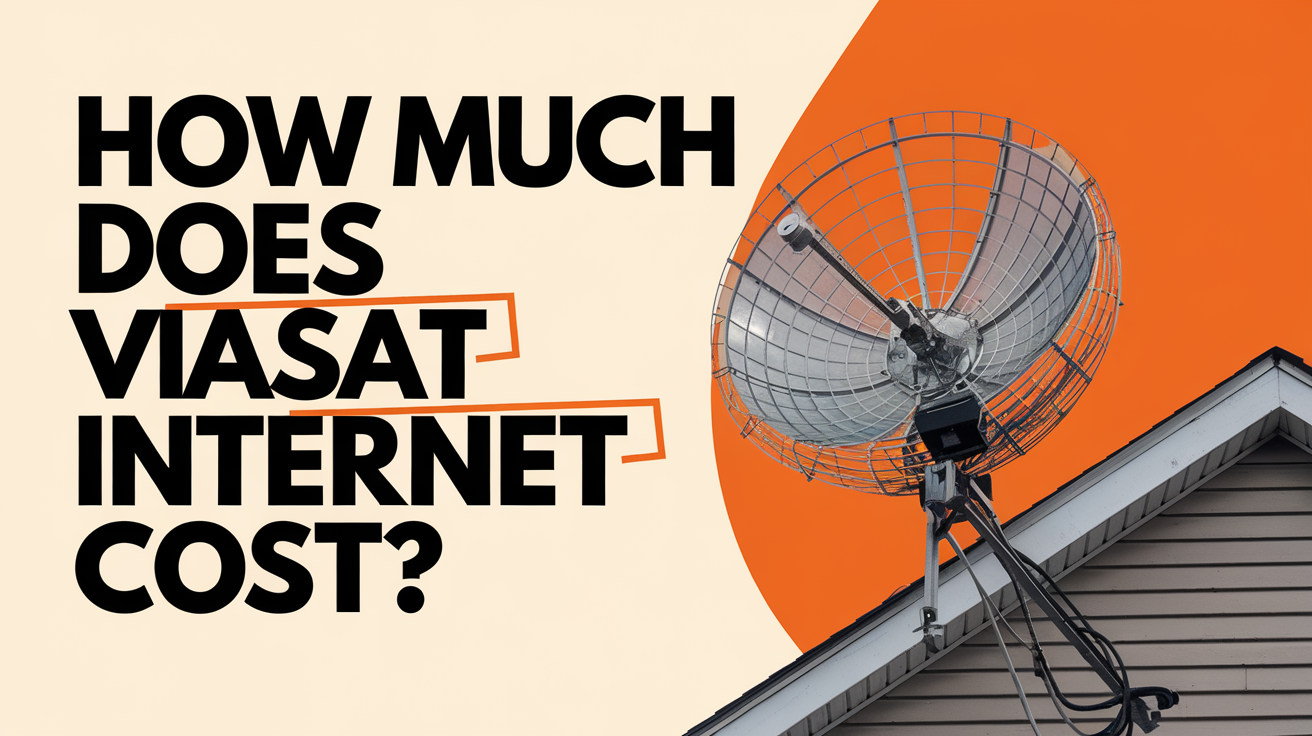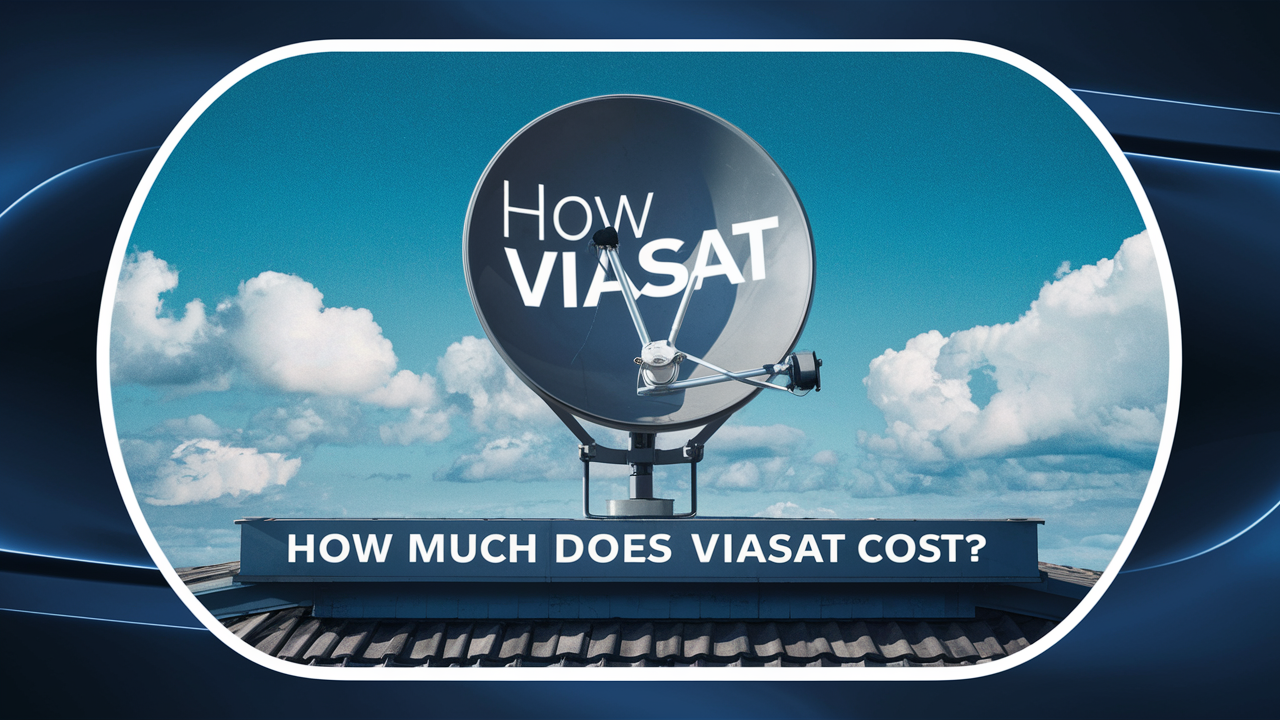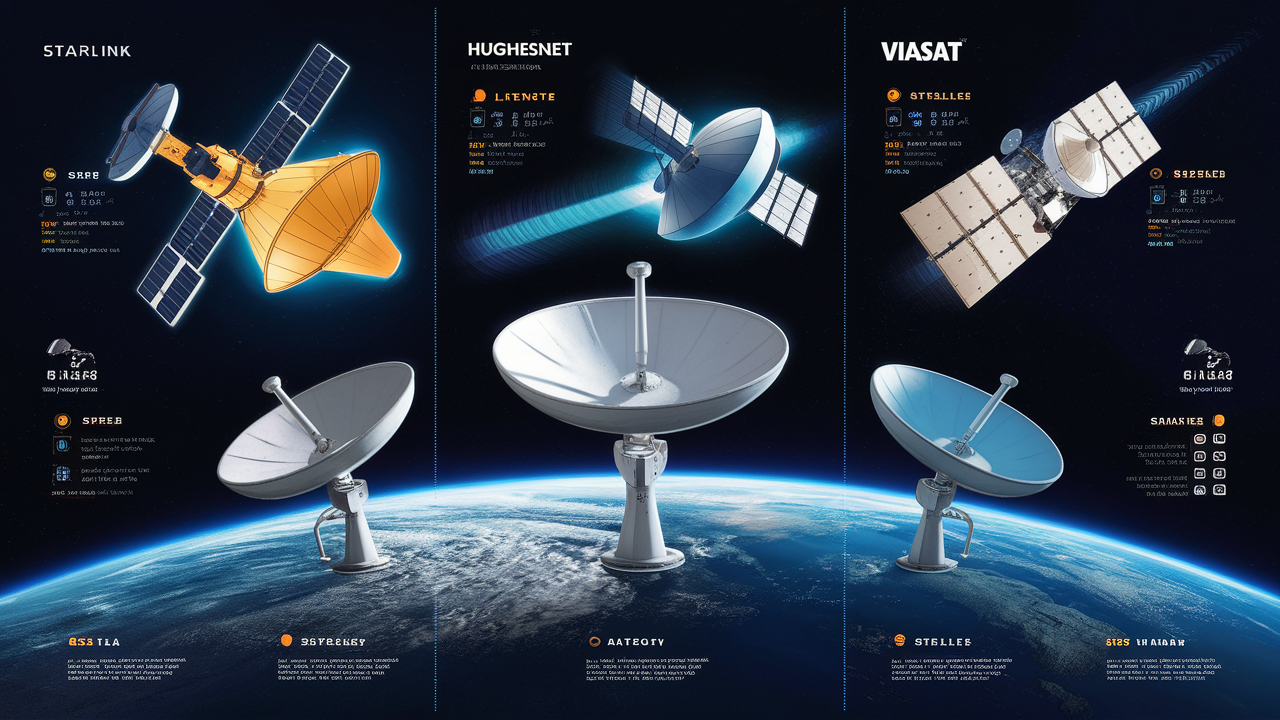
When it comes to staying connected, reliable internet access is a must—but for those living in rural and remote areas, traditional broadband options often fall short. That's where satellite internet providers like Starlink, HughesNet, and Viasat step in, offering solutions that connect even the most isolated regions to the web.
Each of these providers has evolved over the years, improving speeds, coverage, and customer experience. But which one stands out in 2025? If you're choosing between Starlink, HughesNet, and Viasat, this guide will help you compare their offerings and find the best fit for your needs.
What Is Satellite Internet, and Who Is It For?
Satellite internet delivers internet access via satellites orbiting the Earth. Unlike fiber or cable connections that rely on physical lines, satellite internet transmits data wirelessly to and from ground-based dishes, making it ideal for areas where traditional internet infrastructure is unavailable.
It’s especially useful for:
- Rural and remote communities
- People who travel frequently and need service in various locations
- Businesses operating in off-grid environments
But not all satellite internet services are created equal. Below, we'll analyze Starlink, HughesNet, and Viasat across key metrics like speed, coverage, pricing, and reliability to help you make the right choice.
Starlink in 2025
Overview
Starlink, developed by SpaceX, has been a game-changer since it launched its beta program in 2020. By creating a constellation of low-Earth orbit (LEO) satellites, Starlink delivers high-speed internet with reduced latency compared to traditional satellite providers.
Key Features
Speed: Starlink now offers download speeds between 100 Mbps and 500 Mbps, depending on your location and service tier. This makes it a strong contender for families and businesses needing fast internet for video streaming, online gaming, and virtual meetings.
Low Latency: Thanks to its LEO satellites, Starlink boasts latency as low as 20–50ms—comparable to DSL and easier for tasks like video calls and real-time gaming.
Coverage: Starlink provides global coverage and has expanded its reach further in 2025. It's particularly attractive for users in geographically challenging locations.
Pricing:
- Standard Plan (100 Mbps): $90/month
- Premium Plan (300 Mbps): $250/month
Equipment costs have dropped to $400 for the starter kit, thanks to mass production.
Best For:
- Rural households with high data demands
- Remote workers needing fast, low-latency connections
- Tech enthusiasts excited by state-of-the-art satellite systems
Pros and Cons
Pros
- Fast download speeds
- Lower latency compared to competitors
- Global coverage
Cons
- Higher initial equipment cost
- Service quality may vary in highly congested areas
HughesNet in 2025
Overview
HughesNet has long been a household name in satellite internet, focusing on reliability rather than speed. Unlike Starlink, HughesNet relies on geostationary satellites, which sit higher in orbit at over 22,000 miles above Earth.
Key Features
Speed: HughesNet offers plans with download speeds of up to 25 Mbps. While slower than Starlink, this is sufficient for basic browsing, streaming in standard definition, and sending emails.
Data Caps: HughesNet operates on a data allowance system, with plans ranging from 10 GB to 50 GB. After exceeding your cap, your speeds will drop significantly unless you purchase additional data tokens.
Coverage: HughesNet excels in coverage, with availability across the entire United States, including rural areas that Starlink may not yet evenly cover.
Pricing:
- 20 GB Plan (25 Mbps): $69.99/month
- 50 GB Plan (25 Mbps): $149.99/month
Equipment rental costs $15/month or $350 outright.
Best For:
- Users with basic internet needs
- Small households or individuals not requiring high-speeds
- Regions with little connectivity competition
Pros and Cons
Pros
- Affordable plans for light users
- Reliable service in rural areas
- No hard data limits (reduced speeds instead of cutoffs)
Cons
- Slower speeds
- High latency (600ms or more), making gaming and video conferencing difficult
Viasat in 2025
Overview
Viasat offers robust satellite internet solutions with a variety of plans. While it doesn't match Starlink's speed, it outpaces HughesNet in flexibility and available features.
Key Features
Speed: Viasat offers download speeds ranging from 12 Mbps to 150 Mbps, depending on the plan and location. Its speeds make it a mid-tier option between Starlink and HughesNet.
Data Allowance: Viasat provides higher data caps compared to HughesNet, with some plans offering unlimited data (with reduced speeds during congestion).
Coverage: Viasat's expansive satellite network covers nearly all of the United States, though coverage quality can vary by region.
Pricing:
- 50 Mbps Plan (unlimited data): $100/month
- 100 Mbps Plan (unlimited data): $199/month
Equipment fees total $300, with leasing options available at $12.99/month.
Best For:
- Moderate internet users wanting better speeds than HughesNet
- Streaming enthusiasts in areas without fiber or cable access
- Customers needing more flexible data plans
Pros and Cons
Pros
- Higher speeds than HughesNet
- Flexible data allowances
- Wide availability
Cons
- Speeds drop during network congestion
- Latency still an issue for real-time applications
How Do They Compare Side by Side?
|
Feature |
Starlink |
HughesNet |
Viasat |
|---|---|---|---|
|
Max Speeds |
500 Mbps |
25 Mbps |
150 Mbps |
|
Latency |
20–50 ms |
600+ ms |
600+ ms |
|
Monthly Pricing |
$90–$250 |
$69.99–$149.99 |
$100–$199 |
|
Coverage |
Global |
Nationwide (US) |
Nationwide (US) |
|
Best For |
High-demand users |
Basic needs |
Moderate users |
Making the Right Choice for Your Needs
Choosing the best satellite internet provider in 2025 comes down to your specific needs:
- Starlink is the clear frontrunner for users who require high speeds, low latency, and cutting-edge technology at a reasonable price point. Its vast global coverage also makes it a versatile choice.
- HughesNet is best suited for basic users who prioritize affordability and reliability in rural areas.
- Viasat strikes a balance with good speeds, flexible data plans, and decent coverage, making it ideal for moderate users.
Which Satellite Internet is Right for You in 2025?
When deciding between Starlink, HughesNet, and Viasat, assess your internet usage habits, location, and budget. Faster speeds and smoother connectivity come at a higher cost, so users with basic needs may find HughesNet and Viasat more than sufficient. However, for those who want cutting-edge speeds and lower latency, Starlink is worth the investment.
Call (844) 778-1116 and Start Your Viasat Internet Service Now!





